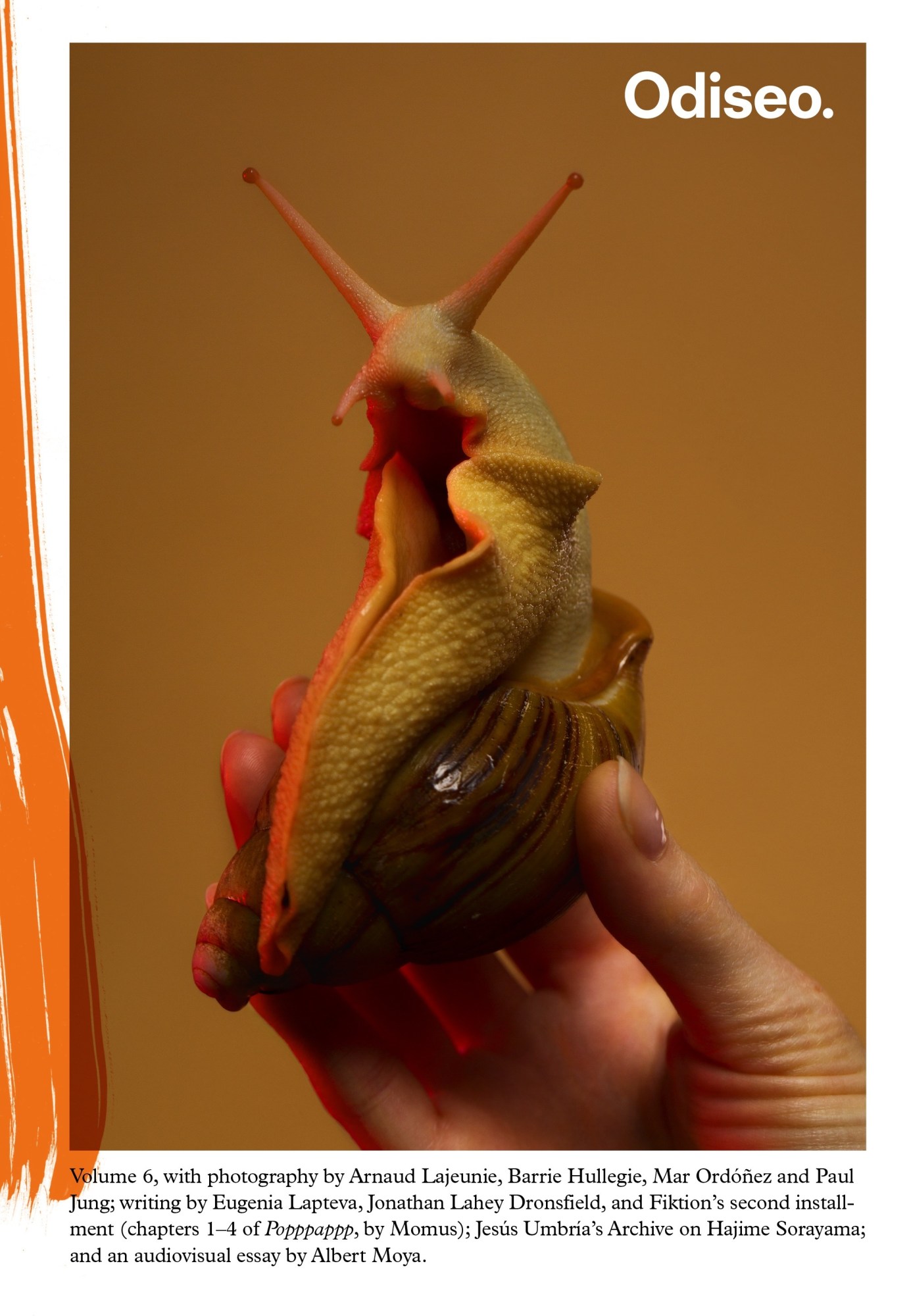The cover of the sixth issue of Barcelona-born erotic magazine Odiseo features a giant African snail, held up on its back. And though it’s not the first thing that comes to mind when we think of sex and seduction, we do have to admit that it’s captivating. The creature’s perky antennae, lubricated body and hard, shiny shell are as provocative as any nude (and perhaps even more so). “The giant snail is an intriguing abstraction, which allowed us to convert erotica into imagination on a higher level,” says Albert Folch, co-founder and creative director of Odiseo. “When I received this work, it was clear to me that it deserved being on the cover.” The African snail also merits the cover because, like most land snails, it is a natural hermaphrodite, and Odiseo aims to attract both men and women, emphasizing gender flexibility. “Even if the predominance of feminine nudes could dictate otherwise,” Albert explains, “we are continuously searching for a more conceptual vision of what erotica is—and this is something too ethereal to be enclosed in gender.” In addition to several snail spreads, issue six of Odiseo features a photo essay by Paul Jung, four chapters from musician Momus’ upcoming book, and an archive of works by Japanese illustrator Hajime Sorayama. Albert discusses the magazine’s unexpected content, as well as knowledge and nudes, in the following interview.
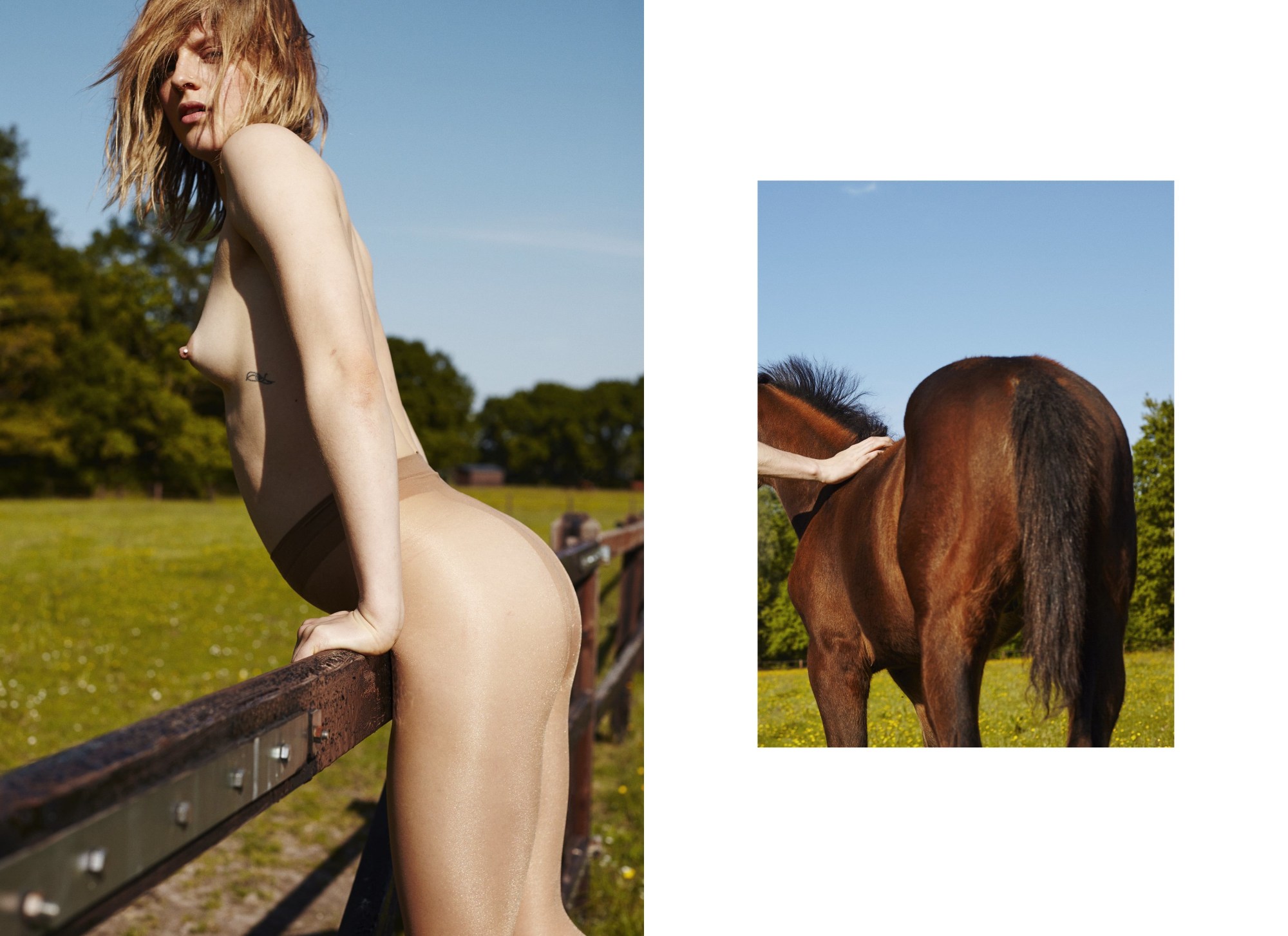
Who founded Odiseo?
Odiseo arose from the need to explore. My business partner, Rafa Martínez, and I thought that the territory of erotic publishing still had a lot to say. Together, we shaped a project that is both visual and intellectual, something that can be ascribed to our particular and complementary visions: I always worked with the image, first as a graphic designer and now as an art director, while Rafa comes from the journalism field and has had experience in managing companies.
How did you come up with the name, and how does it relate to the theme of the magazine?
The name, Odiseo, comes from multiple ideas. First, we wanted a name that could work on a worldwide level and be easy to understand without translation for the English-speaking market, but which remained true to our roots in the classical tradition. And Ulysses—the Latin translation of the Greek Odysseus—meant to us curiosity, bravery, youth and beauty. Moreover, we were fascinated by the aesthetic value of the word itself: it features a harmonious and sensual combination of letters, and the word starts with the same letter as the one it ends up with. Finally, we felt that using a masculine name for an erotic publication, which generally features feminine nudes, was providing a subtler and more refined vision of erotica.

How has Odiseo changed since the first issue?
The first issue was wrong in a lot of ways. Plain, trivial and not really smart, volume one was making no contribution to the topic of erotica and represented a mistake of form and content. We needed to restart and follow our initial idea of exploring new methods, apart from genres and stereotypes. For volume two, we re-conceptualized the project together with the creative director, Carlota Santamaría, who helped us in getting a diverse take on photography. On the other side, Oriol Mogas and Rafa Martínez developed an editorial line that moved away from current topics in newspapers and magazines, so that the textual content of the magazine would be timeless. As a natural consequence, we re-designed the whole publication, shaping it so that it resembled a book rather than a magazine. Volume two was the real beginning.
Speaking of the editorial line, the content is quite intellectual—such as a study on hipsterism, or an essay on collective identity in mass culture. Why did you decide to pair philosophical essays with nudes?
This might not seem obvious, but there’s a thread that connects sexual imagery with intellectual content; it goes back to seduction. Being erotic means being able to seduce, and it can’t just be visual—it has to be on a mental level too. We believe knowledge is as seductive as nude images. Also, by combining sexual imagery with insightful essays, Odiseo again represents the concept of a hybrid—it is for men and women, magazine and book, instinctive and rational.
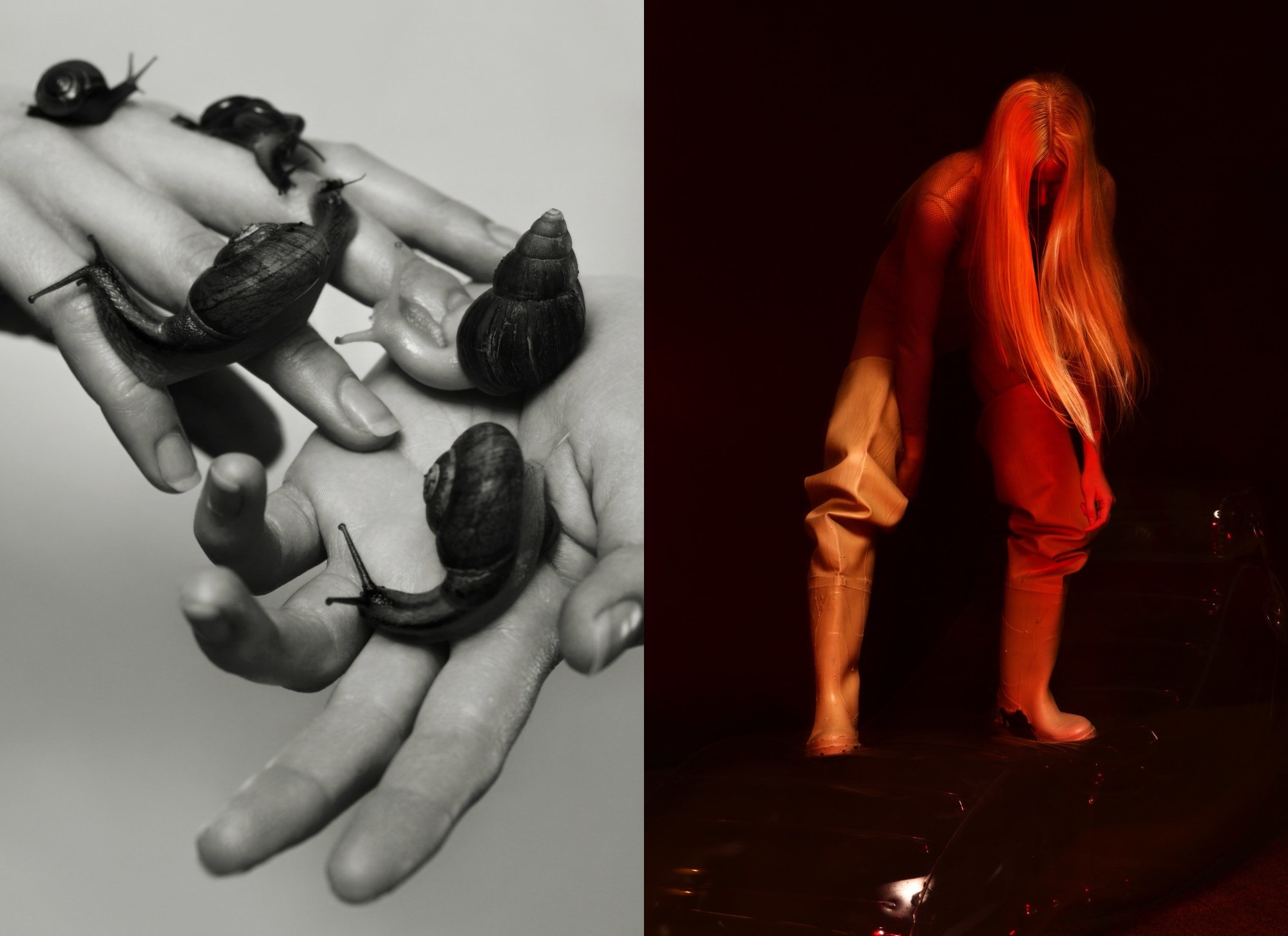
Why did you decide to make it appeal to both men and women?
Since its early days, Odiseo has sought a deliberately visual, unique and authorial vision of eroticism. Even if the predominance of feminine nudes could dictate otherwise, we are continuously searching for a more abstract and conceptual vision of what erotica is—and this is something too ethereal to be enclosed in gender.
Is this why there is a giant African snail on the cover of volume six? It is a definite departure from the previous covers, which all featured people…
Yes. We had been talking with [photographer] Arnaud Lajeunieabout the elements his editorial should play with, and all the ideas revolved around images and concepts like tongues, saliva, lips, etc. Arnaud came up with this giant snail idea, and created around it strong imagery with shapes, models and colors. Of all the covers we have realized so far, we consider it the most iconic.
What’s next for Odiseo?
We will continue to bring seduction, eroticism and nude representation to a more abstract and conceptual level, maybe crossing more of the boundaries of photography, and experimenting in different and interesting ways.
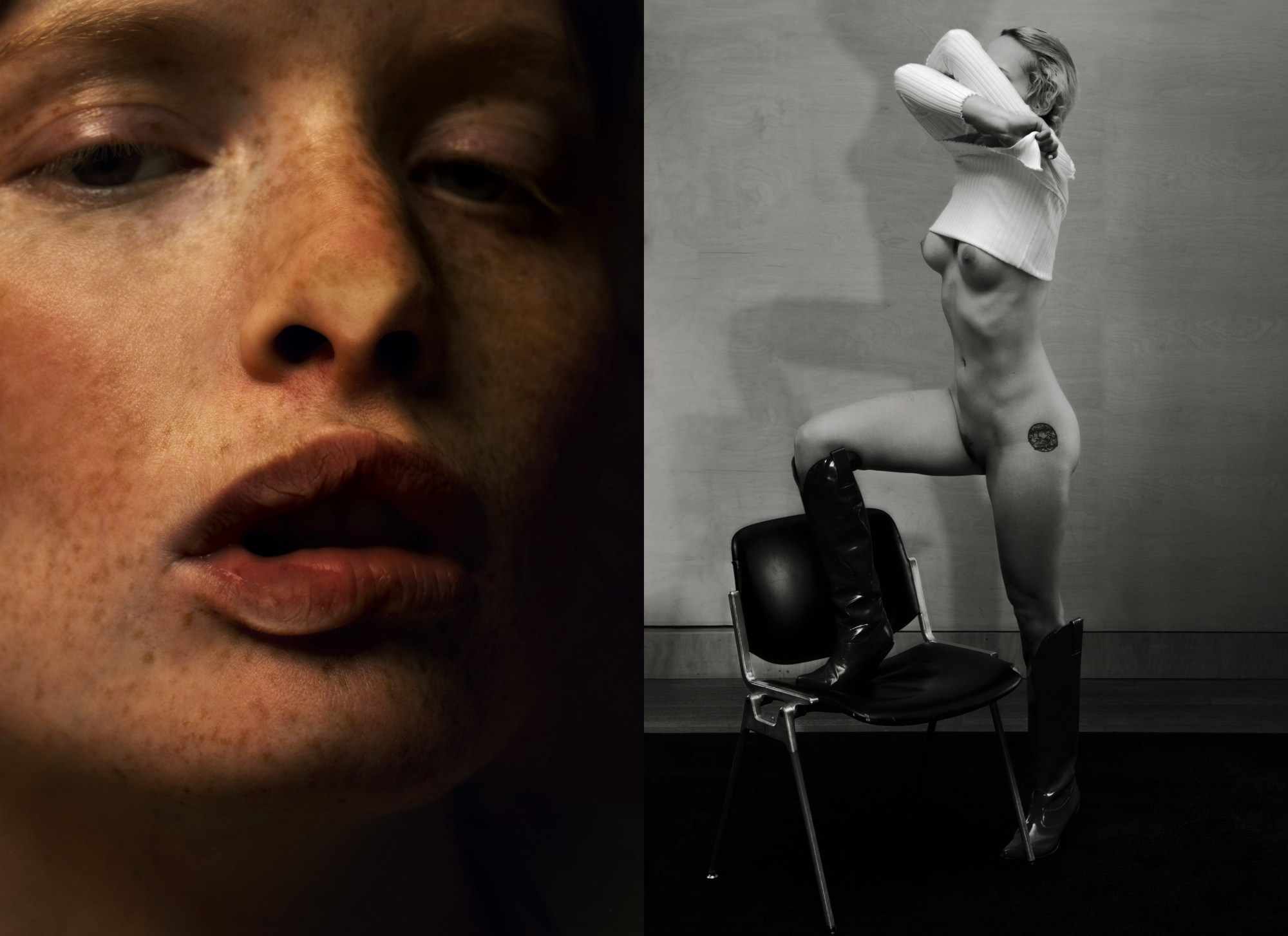
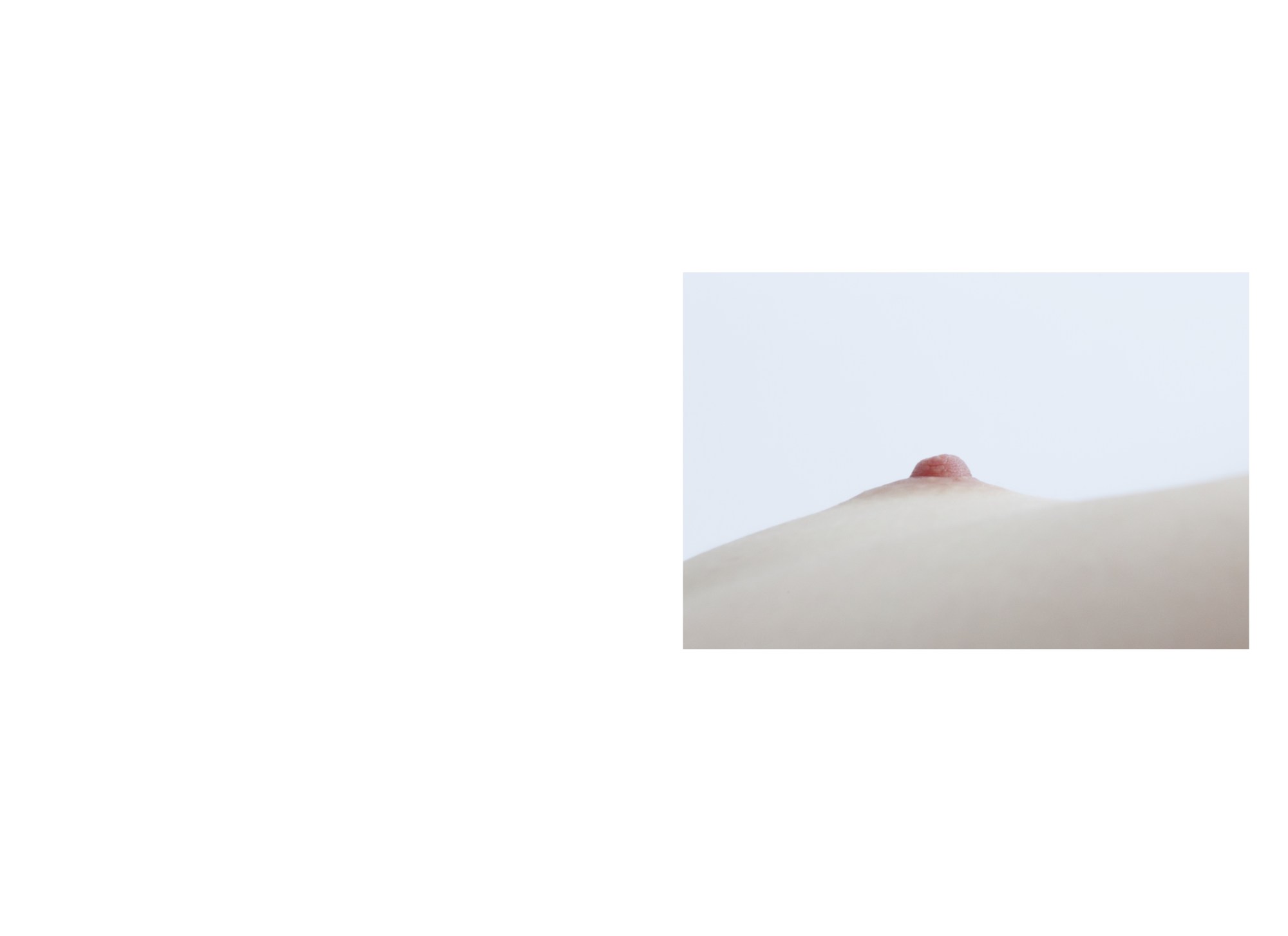
Credits
Text Zio Baritaux
All images courtesy Odiseo
